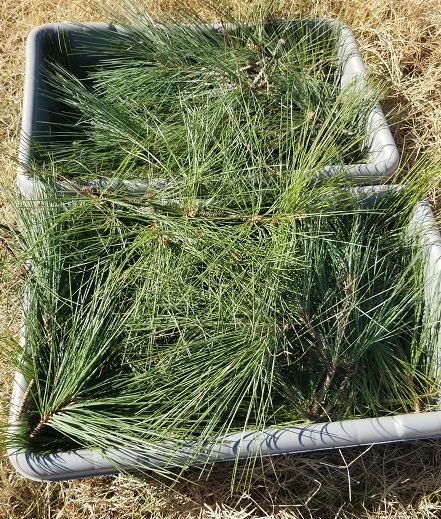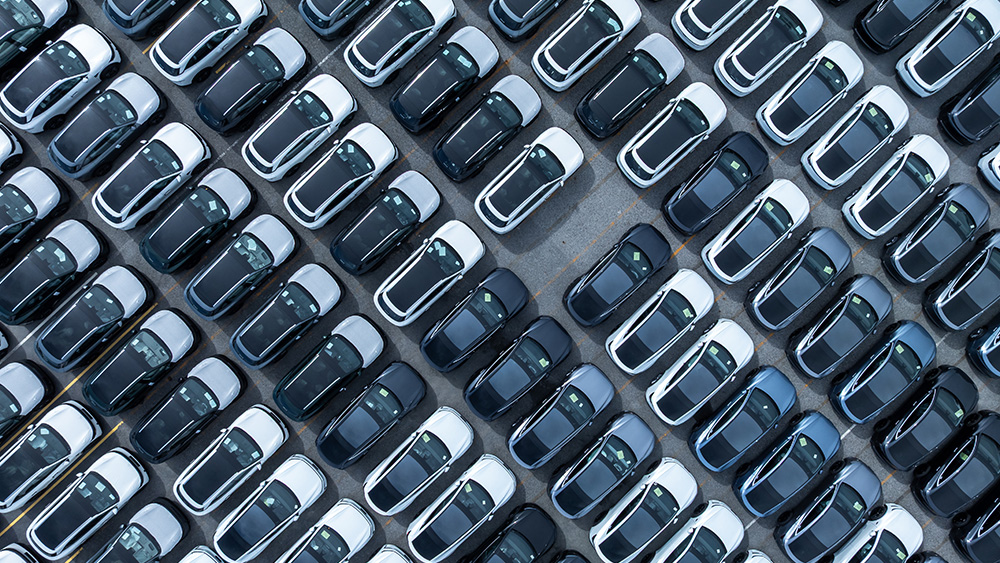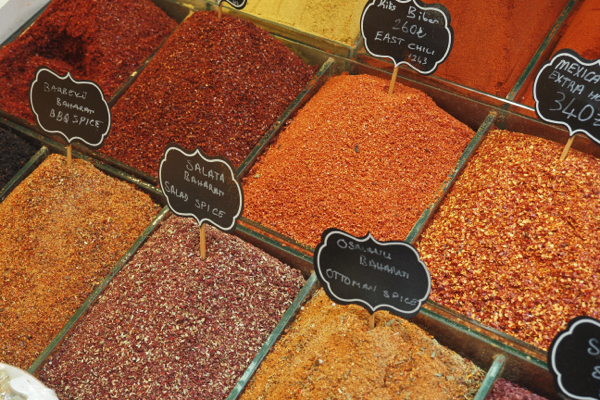
Floating solar farm to power Batam island and Singapore
Once the floating solar farm is operational, it is projected to produce 2.2 gigawatts of solar energy at its peak. The solar farm will also have an energy storage system with a capacity exceeding over 4,000 megawatt-hours. Furthermore, Sunseap expects the solar farm to generate more than 2,600 gigawatt-hours of electricity per year. Most of this generated electricity will go to power Batam. Sunseap said it will be able to supply the city with non-intermittent solar energy at any time of the day. Any excess energy that is generated can be exported to Singapore via undersea cables. Batam currently has a total power generation of 540 megawatts from gas, steam and diesel power plants. "This investment by Sunseap will be a timely boost for Batam's industries as they seek to reduce the carbon footprint of their operations," said Muhammad Rudi, chairman of BP Batam. "At the same time, it will create jobs and transfer skills to Batam's clean energy sector." To help facilitate this skills transfer, Sunseap is planning to set up Sunseap Academy in Batam. This trade school will see to the hiring and skills set transfer for more than 3,000 Batam locals who will be hired to work on the project.Floating solar farms can provide Southeast Asia with a lot of energy without sacrificing precious land
The floating solar farm will be located on the Duriangkang Reservoir in southern Batam island. According to Sunseap's statement announcing the project, the entire solar farm will span around 1,600 hectares (6.17 square miles). Sunseap noted that the Duriangkang Reservoir is the largest freshwater reservoir for Batam. Originally a saltwater bay, it now supplies more than 50 percent of the freshwater needs of Batam Island. "The floating solar panels will help to reduce evaporation, thereby retaining more water within the reservoir," said the company. "Simultaneously, the water will keep the solar panels cool, thereby generating more clean energy and creating a synergistic relationship." Furthermore, according to Phuan, floating solar farms like the ones his company is responsible for can allow Southeast Asian nations like Singapore and Indonesia to tap into renewable energy while also addressing "the land constraints that urbanized parts of Southeast Asia face." (Related: Floating a new idea to conserve space: Solar panels are now being installed on floating water rafts.) Floating solar farms not only solve this problem, but they can also be more efficient. As Sunseap has already pointed out, the water beneath the panels keeps them cool when they are exposed to strong sunlight. Cooler surfaces can help solar panels be between five to 15 percent more efficient than their land-based counterparts. Learn more about solar projects in Indonesia and other countries by reading the latest articles at SolarPanels.news. Sources include: CleanTechnica.com 1 Reuters.com StraitsTimes.com PowerEngineeringInt.com CleanTechnica.com 2Corporations now trying to charge people for choosing solar energy
By Divina Ramirez // Share
5 Things you can do to cope with regular power outages
By Divina Ramirez // Share
Israel, Australia report 95-99% of hospitalized patients are fully vaccinated
By News Editors // Share
Burn fat while boosting your energy with extra-virgin coconut oil
By Skye Anderson // Share
The Trauma Hierarchy: Breaking free from institutional control and reclaiming your sovereignty
By bellecarter // Share
CDC's vaccine policy shift: A step toward medical freedom or more coercion in disguise?
By patricklewis // Share
U.S. auto sales face decline as high prices push middle-class buyers out of market
By lauraharris // Share
British health officials warn of lead poisoning risk linked to imported SPICES
By oliviacook // Share











